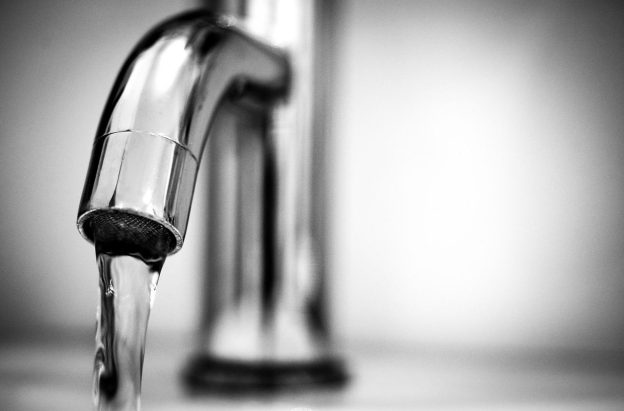AMR water meters are devices that automatically record water usage data. They typically consist of a sensor that is installed on the water line and a transmitter that sends the data to a central receiver. The data can then be used to generate bills or track water usage patterns.
AMR water meters have many benefits over traditional manual meter reading methods. They can reduce billing errors, eliminate the need for customers to submit their own readings, and provide real-time data that can be used to detect leaks or unusual usage patterns. AMR meters can also help utilities manage their resources more efficiently by providing information on how much water is being used and when.
Installing an AMR water meter is typically quick and easy, and most customers will not experience any disruption to their service. In some cases, customers may need to have their water line replaced or upgraded in order to accommodate the new meter. However, this is usually not necessary and the benefits of AMR meters far outweigh any minor costs associated with installation.
Here is a look at how AMR water meters work and some of the benefits they offer:
- AMR water meters use radiofrequency waves to communicate data.
- The meter records all water consumption data and stores it in its memory.
- The stored data is then transmitted to a central database via the radiofrequency waves.
- This allows for easy monitoring and billing of water usage.
- AMR water meters also offer a number of other benefits, such as leak detection, remote reading, and automatic meter reading.
